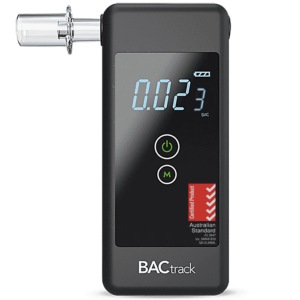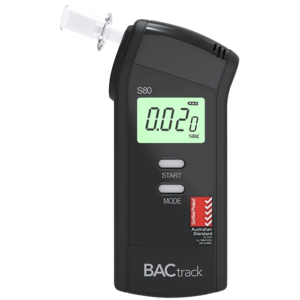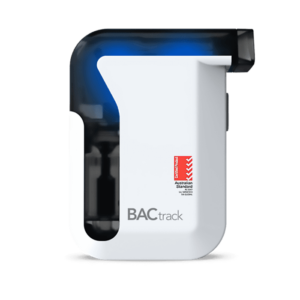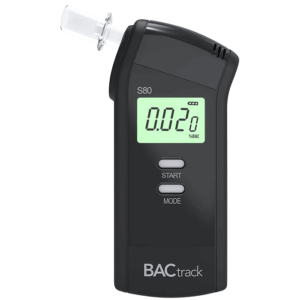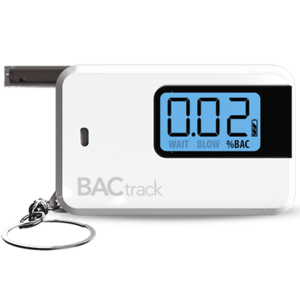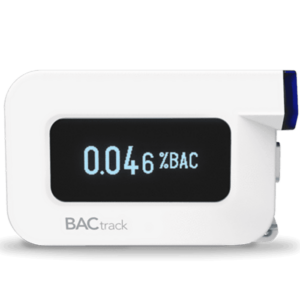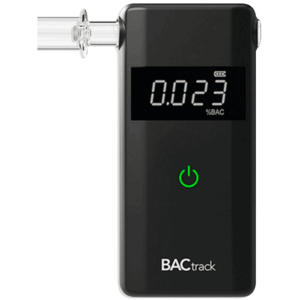Mobile Drug and Alcohol Testing: Is it Accurate?
03 July, 2023

Mobile drug and alcohol testing can detect the presence of substances in a person’s system. Various methods are employed, including urine, saliva, blood, hair, and breath tests. When conducted properly, mobile testing can be accurate and reliable. However, the accuracy of the testing can be influenced by several factors. For instance, the type of test utilised, the proper collection and handling of samples, and adherence to appropriate testing procedures.
Drug and alcohol use in the workplace poses significant risks to the safety and well-being of employees. It can result in impaired judgement, reduced productivity, and an increased likelihood of accidents and injuries. Addressing this issue requires proactive measures, and one effective approach is mobile testing. Employers can conveniently and rapidly screen employees for substance abuse using this method. This article will present the different testing methods used in mobile testing and discuss their accuracy.
Mobile Drug and Alcohol Testing: Accuracy and Procedures
There are various methods used in mobile drug and alcohol testing, each with its own advantages and limitations. One commonly used method is the urine test. It provides a broad detection window but may not be as accurate for detecting recent substance use. Another method is a saliva drug test. It identifies recent drug use but has a shorter detection window than urine tests.
The blood test accurately and reliably detects both drugs and alcohol by directly measuring the substances in the bloodstream. However, administering the blood test requires a trained professional due to their invasive nature. On the other hand, a hair follicle test has a longer detection window and is less invasive. Nevertheless, it may be less effective in detecting recent substance use.
Breath tests widely assess a person’s Blood Alcohol Content (BAC). Workplace breathalysers like SHIELD Express and the BACtrack Pro series utilise fuel cell sensors to ensure high accuracy in measuring BAC. These sensors specifically detect ethanol, reducing the likelihood of incorrect positive results. Additionally, users of breathalysers can easily operate the device without the need for licensed technicians.
Factors Affecting Test Results
- Drug type: different drugs have varying detection times and can produce different metabolites that are tested for.
- Frequency and duration of use: they can lead to higher drug concentrations in the body, increasing the likelihood of detection.
- Route of administration: impacts how quickly and effectively the drugs are absorbed and eliminated by the body.
- Hydration level: dilutes drug concentrations in urine, potentially leading to false negatives.
- Medical condition: interferes with the metabolism or elimination of drugs, leading to altered detection times or false results.
- External factors: the presence of alcohol or prescription medications can interact with the drugs being tested for.

Mobile Drug and Alcohol Testing Implementation
Implementing mobile drug and alcohol testing is crucial for workplace safety protocols. Firstly, in pre-employment screening, employers utilise these tests to ensure prospective employees are free from the influence of drugs and alcohol. Mobile testing reduces hiring risks by assessing job candidates and mitigating impairment-related incidents. Consequently, these proactive measures showcase an organisation’s dedication to maintaining a safe and productive work environment.
Secondly, post-incident screening can swiftly assess individuals involved following an accident or incident. This enables employers to determine whether impairment may have contributed to the incident, aiding in accurate investigations. Furthermore, administering blanket testing policies ensures fairness by testing all people involved, thereby avoiding any perception of bias or discrimination.
Thirdly, random testing involves the periodic selection of employees for testing without prior notice, ensuring fairness and deterring substance abuse. Lastly, reasonable suspicion testing is conducted when specific observations or evidence suggest an employee may be impaired. Overall, employers can proactively address potential risks in the workplace by implementing mobile testing.
Benefits of Workplace Testing
Workplace mobile testing offers numerous benefits. Firstly, it helps improve productivity by ensuring a drug-free work environment, enhancing employee focus and performance. Secondly, it lowers overall expenses related to health and compensation costs. By identifying impaired individuals, companies can prevent further complications that may result in costly medical treatments or legal disputes.
Thirdly, mobile testing improves safety by preventing potential accidents and injuries. It promotes a safer work environment by deterring employees from working under the influence, which impairs judgement and coordination. Lastly, mobile testing ensures compliance with industry or state regulations, highlighting the organisation’s commitment to maintaining a secure workplace.
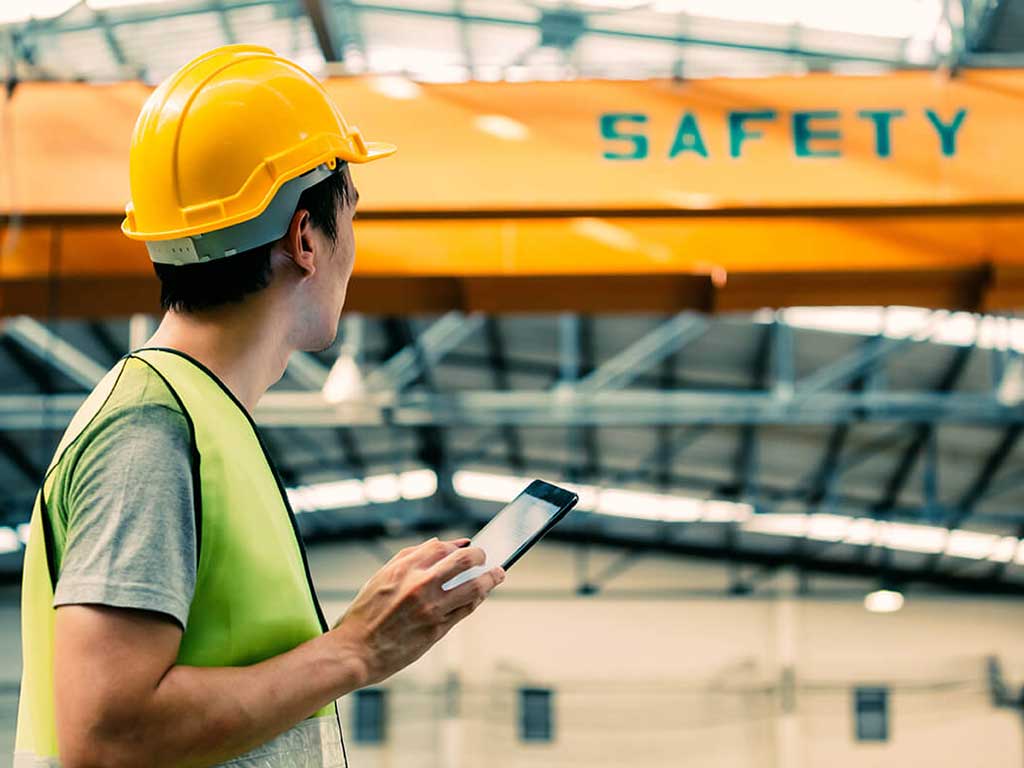
Mobile Drug and Alcohol Testing: Essential Guidelines
Businesses conducting mobile drug and alcohol testing should perform it at a secure location on the work site. This helps minimise downtime and prevent losses. The process of workplace testing has two steps. First, there is onsite testing which aims to detect recent substance use or intoxication. Many companies use devices like drug test kits and workplace breathalysers that can be used right at the collection point.
The second step is confirmation testing, which involves sending samples to a laboratory for analysis to validate the accuracy of the initial testing. If the initial onsite test shows a positive result, most companies proceed to the confirmation test. Laboratory test provides more detailed and reliable results using advanced techniques, and the result of the second test is considered final.
Furthermore, it is important for companies to have a comprehensive workplace drug and alcohol policy in place before conducting any testing. This policy helps employers manage expectations regarding employee behaviour and substance use. It is especially crucial for jobs that involve high-risk activities. Companies must follow the guidelines for implementing the policy to obtain reliable results and also reduce any legal risks.
Handling Positive Results
Handling positive drug and alcohol test results in the workplace requires a careful and structured approach. To confirm the findings, it is crucial to conduct a follow-up test. A Medical Review Officer (MRO) can assess the sample or perform diagnostic tests. Moreover, employers should establish clear policies that respect the rights of the employee.
If the final result confirms a positive outcome, management should approach the person involved with sensitivity. They should have a private discussion with the employee, explaining the consequences and available options. Many policies require disciplinary measures, such as temporary suspension. Additionally, some companies provide support for individuals willing to seek rehabilitation.
Conclusion
Mobile drug and alcohol testing employs various methods to evaluate substance use, each with its own advantages and limitations in terms of accuracy and detection windows. Test results can be influenced by several factors, including the types of drugs used, the frequency and duration of use, the route of administration, hydration level, medical conditions, and external factors. Additionally, having a comprehensive workplace drug and alcohol policy is essential for managing employee behaviour and reducing legal risks.
Breath tests using fuel cell sensors, such as the SHIELD Express and BACtrack Pro series, provide accurate measurements of BAC. These devices effectively detect ethanol, minimising the chances of false positive results in alcohol screening. Their user-friendly design allows for easy operation without the need for licensed technicians. Furthermore, implementing mobile testing for pre-employment, post-incident, random, and reasonable suspicion testing is crucial for ensuring workplace safety. These measures enable employers to proactively address risks and create a safer work environment.


















